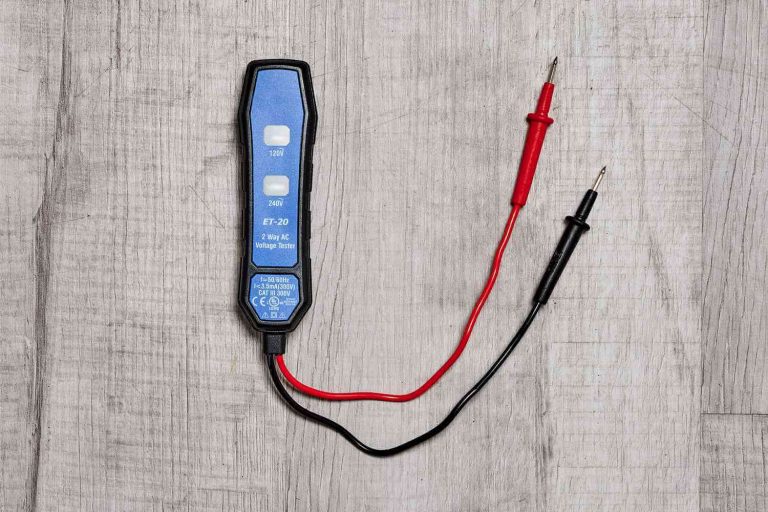Many different types of line cord and cable test equipment are available today. With so many options, it can take time to determine which one is the right fit for your needs.
Size
The size of a suitable line cord and cable testers Toronto ON is a critical factor for the accuracy of the test results. A small tester may need help to test many lines or test for multiple conditions.
A small tester is also less portable. It may require more frequent calibrations to ensure that the test reference is set correctly. This is important because the Normal Velocity of Propagation (NVP) varies per wire pair. This can cause a link to be reported with lengths significantly different from the physical distance obtained using a tape measure. This can result in a false Pass result. It is essential to have the correct tester for your needs and ensure that it meets all your safety requirements.
Functionality
Functionality is an essential factor to consider when choosing the right line cord and cable test equipment. A well-engineered product will incorporate multiple functions into a single unit, making it easier to use and maintain. For example, the most sophisticated team might include circuitry that monitors temperature changes to prevent overheating. A good model will also include circuitry that tests the electrical strength of a wire to ensure it is correctly connected at both ends. In addition, a well-designed unit should have features that help you identify potential problems and quickly correct them. For instance, a top-notch team will display a clearly labeled fault indicator so you can quickly identify an issue before it becomes critical. Lastly, it should be compatible with connectors of all shapes and sizes.
Versatility
Versatility is one of the essential features you should look for in a suitable line cord and cable test equipment. It should be able to work with different types of cables, such as solid copper and stranded cabling.
It should also be able to test for different faults, such as open, short, miswired, and split-pair faults. It should accurately display the results and help you find problems faster.
A common problem in testing longer cables is static discharge. When a long line is coiled or uncoiled and moved from the equipment to the tester, a charge develops on the insulation and attracts the opposite direction from the copper conductors just under it. This discharge overloads clamping diodes embedded in the test equipment and may damage the circuitry.
Warranty
A suitable line cord and cable test equipment should come with a warranty. If it doesn’t, you’ll have to rely on your resources to restore it to working order, which can cause delays and frustration for your customer.
Natural wear caused by repetitive insertions into mating sockets cannot be avoided. Still, some simple precautions can help keep your equipment in top condition and ready for your next project. Use connector isolators to absorb the insertion force and reduce friction and wear.
Finally, don’t store your tester in a location that may attract wire clippings, metal punch-outs, or other conductive debris that can short-circuit the test points. This can lead to a premature failure, costing your company time and money.
Price
Cable testers can check the quality of line cords and cable connections by sending a current down a connection link, called a continuity test or resistance test. A good cable tester can be a valuable tool for field technicians and electricians. It’s also helpful for homeowners who want to ensure their internet speed and TV picture quality are up to par.
A good cable tester should be easy to use and provide accurate test results. Moreover, it should be able to accommodate different types of cables.

